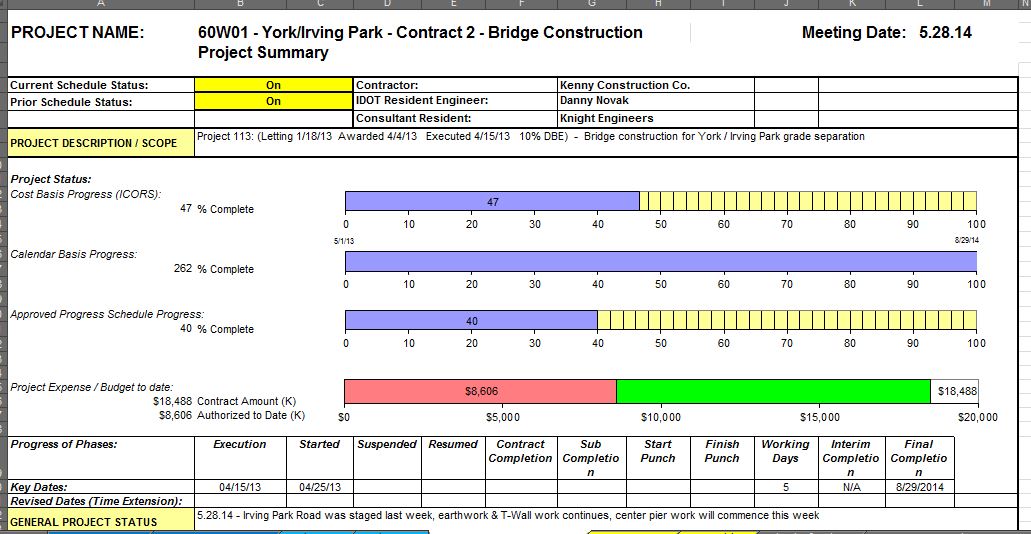
So, in a past life, I started working on my MBA. Yup. It was the early 90’s, the stock market was raging, the economy was solid, and EVERYBODY wanted an MBA. EVERYBODY wanted to climb the ladder, get in a corner office, be Bud Fox.
I was working at O’Hare Airport as a Resident Engineer. My company had a tuition reimbursement policy, so, I took advantage of the offering and started taking classes. Keller Graduate School of Management had (and still has…) an offering of an MBA in Project Management. It was certainly a great fit: The curriculum that was right up my alley, totally focused on administrative skills related to both corporate and day-to-day project management.
One of the required courses was PROJ586 – Project Management Systems, an introductory course in PM. My instructor worked for Navistar and was a really good guy. Although he had more of a mechanical engineering and systems-based background, a lot of what he taught had a lot of carry-over to civil engineering and construction. I picked up various tools from the class, some of which I still use & apply to this day.
In my line of work as an administrator and manager of both construction projects and our team, there is a bevvy of information that needs to be managed. To be effective, a good PM needs to be able to observe, orient, decide & act on a constant, never-ending basis, over and over and over throughout the lifespan of a project. I won’t get long-winded on the myriad of issues that I face on a daily basis: Those will be subjects of future posts.What I wanted to do with this, and future posts in a series, is give you a look into my toolbox and show you the kinds of implements that I keep with me at all times and utilize on a frequent basis to manage my projects and my teams.
Virtually my entire career has been spent being a project manager. Solving problems is what engineers do best. Orchestrating the execution of problem solving is what project managers do. I think I’m an above-average engineer: There are guys who are a lot smarter than I am when it comes to solving calculations and numerically-based problems. But, I’d like to think that I’m a pretty solid PM. I’d defer to my peers and clients to validate it, I think I hold my own pretty well.
When it comes to knowing the status of the project you are running, you HAVE TO KNOW WHAT’S GOING ON. And just as important is that you HAVE TO BE ABLE TO SHOW PEOPLE WHAT’S GOING ON. That’s your job. To know what’s happening, in real time.
Over the course of 25 years of managing projects, I’ve used and developed an array of tools that I use in carrying out my day-to-day efforts. In this post, I want to give you a glimpse of one of the tools that I use everyday – The Project Dashboard:
I built this worksheet to roll-up a variety of project criteria in one, easy-to-understand worksheet. It has served me very well as a cover sheet for project meeting agendas. It contains a bevy of key information that allow for a quick, executive-level snapshot as to the status of the project.
The sliding progress scales that I’ve built for some of the the various time-related factors associated with the project is the highlight of this worksheet. Having the ability to, in a glance, determine how “balanced” the project is in terms of actual progress and cash flow is key. Are we ahead or behind schedule? Are the pay item quantity postings that we’ve paid for consistent with the schedule, or are we behind in paying the contractor by a noticeable amount? Is the actual construction keeping pace with the Contractor’s progress schedule? Being able to compare these metrics in quick fashion gives everyone a chance to make their own assessment as to the general health of the job.
The lower parts of the Dashboard have some updatable summary blocks with information on cost, progress & change issues. Again, this is more executive-level snapshot for anyone engaged in the project to get a quick and informative status of the project.
The key to any tool like this is keeping it updated. I usually spend about an hour a week updating this sheet. It is not a difficult effort by any means, simply takes me looking at a few different reports from other data sources and becomes a clearinghouse for key project measurables.
We’ll dive into my next Dashbard tool, my Open Issues Tracking Worksheet, in my next posts. Stay tuned….

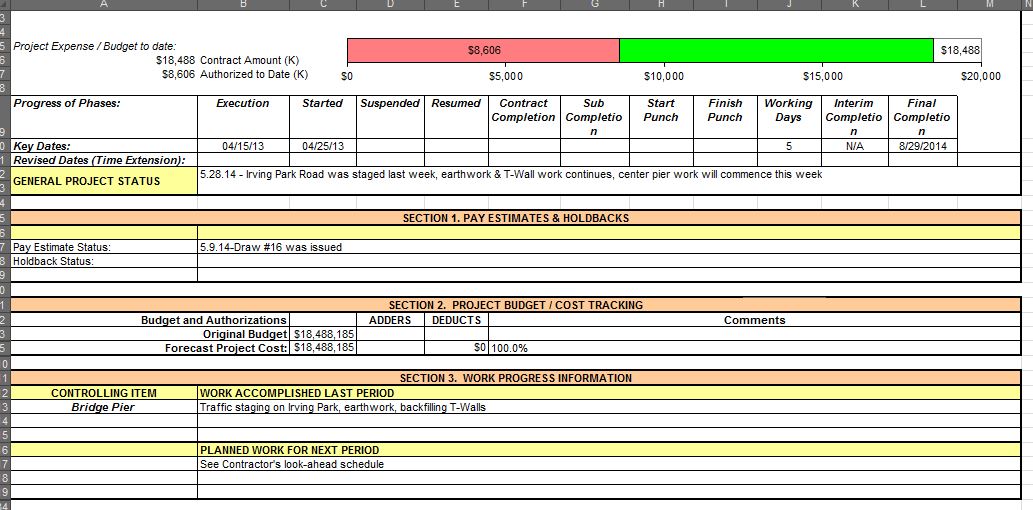
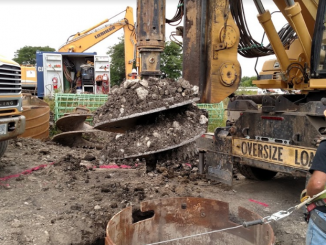
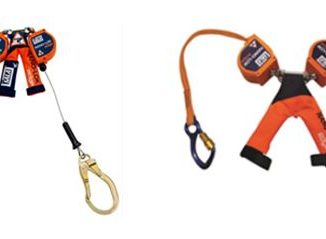
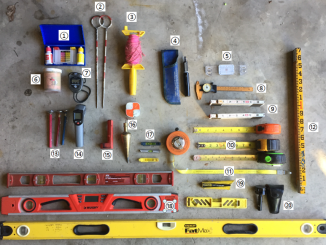
Be the first to comment